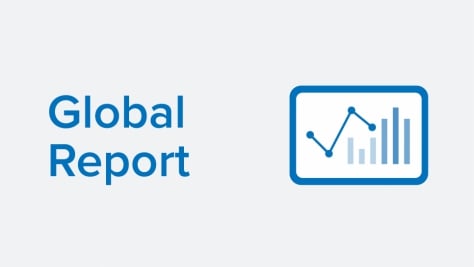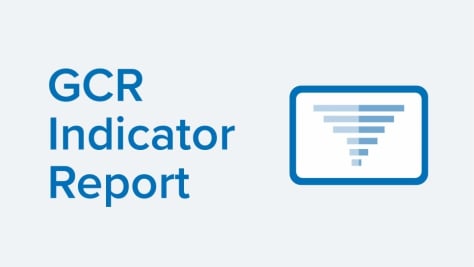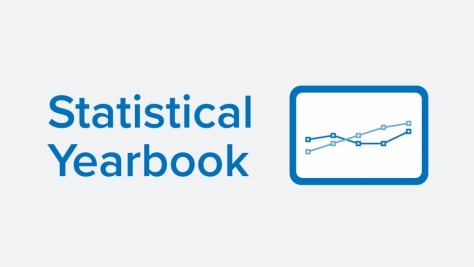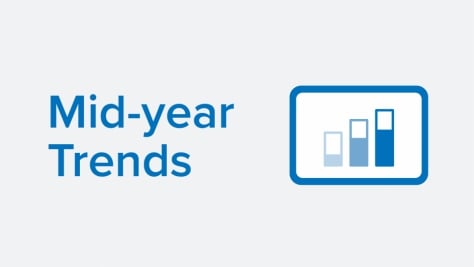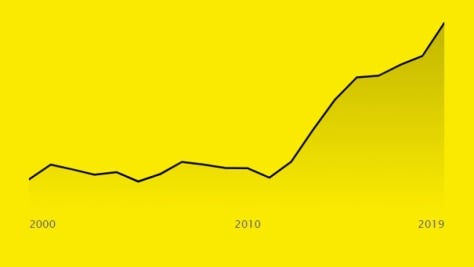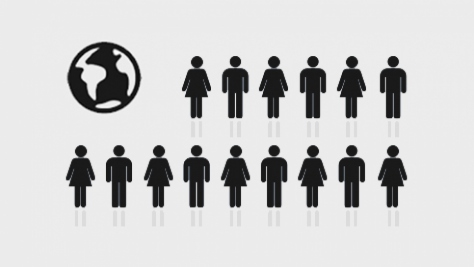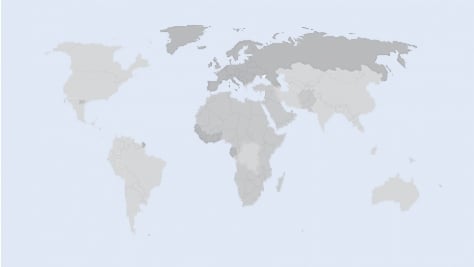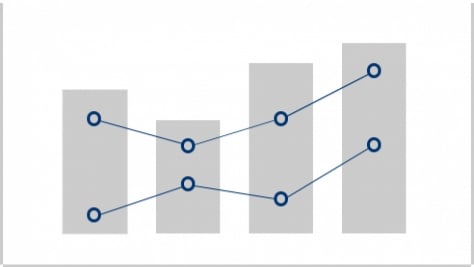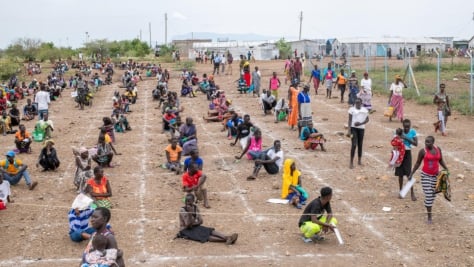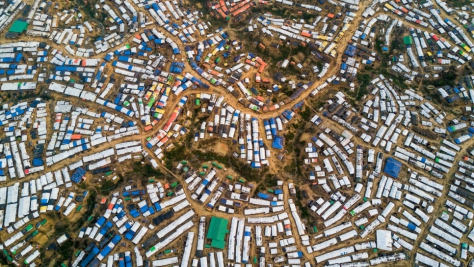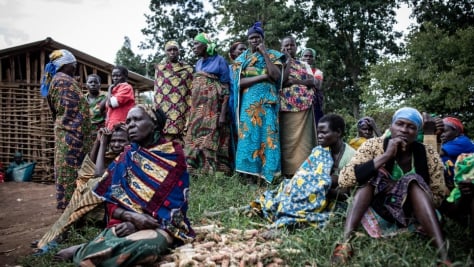At UNHCR we work with data and statistics, which are helping us to understand important information to save, protect and improve the lives of refugees, other forcibly displaced and stateless people. Based on good data, we can make informed decisions around our work and better plan for future operations. Data also allows us to demonstrate accountability to beneficiaries, governments, partners and donors in a tangible and comparable way.
Our vision, strategic priorities and key actions are outlined in our Data Transformation Strategy.
The collection and use of refugee data are mandated by the 1951 Refugee Convention and by the Statute of the Office of the High Commissioner for Refugees. The confidentiality of refugee data and related information is highly respected by UNHCR and our partners and the processing and protection of personal data are anchored in UNHCR’s Data Protection Policy. To learn more about the collection of refugee data read the Registration and Identity Management Guidelines.
UNHCR main data publications
Key topics in Global Trends:
- Key trends and latest numbers of refugees, asylum-seekers, internally displaced and stateless people worldwide
- Latest numbers of people who have returned to their countries or areas of origin
Key topics addressed in the Global Report:
- Latest key results and achievements of UNHCR's work, including details about major refugee operations worldwide
- Contributions from top donors and funding figures for programmes
- Budget and expenditures
Key topics in Global Appeal:
- UNHCR's financial requirements for the coming year
- Priorities and budget activities for the next annual period
- Global strategic priorities
Key topics in the Global Compact on Refugees Indicator Report:
- Statistical data on progress towards GCR objectives to ease pressures on host countries, enhance refugee self-reliance, expand access to third-country solutions, and support conditions in countries of origin for return in safety and dignity
- Biennial GCR indicator-based reporting on burden- and responsibility-sharing
Key topics in the Statistical Yearbook:
- Statistical data on historical trends
- Demographic characteristics of UNHCR's populations of concern
- Methodological updates
Key topics in this report:
- Statistical data on global displacement trends from January to June each year
- Selected forecast on how displacement trends may look like in the year ahead
Platforms and tools
Data management systems and statistical databases help us and our partners to improve our work, optimize our resources and make informed evidence-based decisions. Find a selection of platforms and tools below:
Refugee Population Statistics Database
The Database provides statistics on global forced displacement, including about UNHCR's populations of concern from 1951 until today.
Operational Data Portal
Inter-agency coordination portal showing operational information about selected current emergencies.
Resettlement Data Finder
The Resettlement Data Finder provides resettlement statistics, interactive graphs and maps on a monthly basis.
Microdata Library
The Microdata library provides access to microdata containing information at the individual level about refugees and other persons of concern to UNHCR.
Handbooks and Toolkits
This page gathers all recent handbooks and toolkits issued by UNHCR. They provide guidance, practical tools and resources on key topics related to UNHCR's work worldwide.
Visualising data on displacement
COVID-19 and refugees
The maps, stats and facts on how the pandemic has impeded efforts to protect the displaced and affected their access to basic rights
Rohingya Refugee Emergency at a Glance
The influx to Bangladesh is one of the largest and fastest-growing refugee crises in decades
Uprooted in their own land
Forced to flee their homes but remaining in their countries, the internally displaced are among the world's most vulnerable people.


